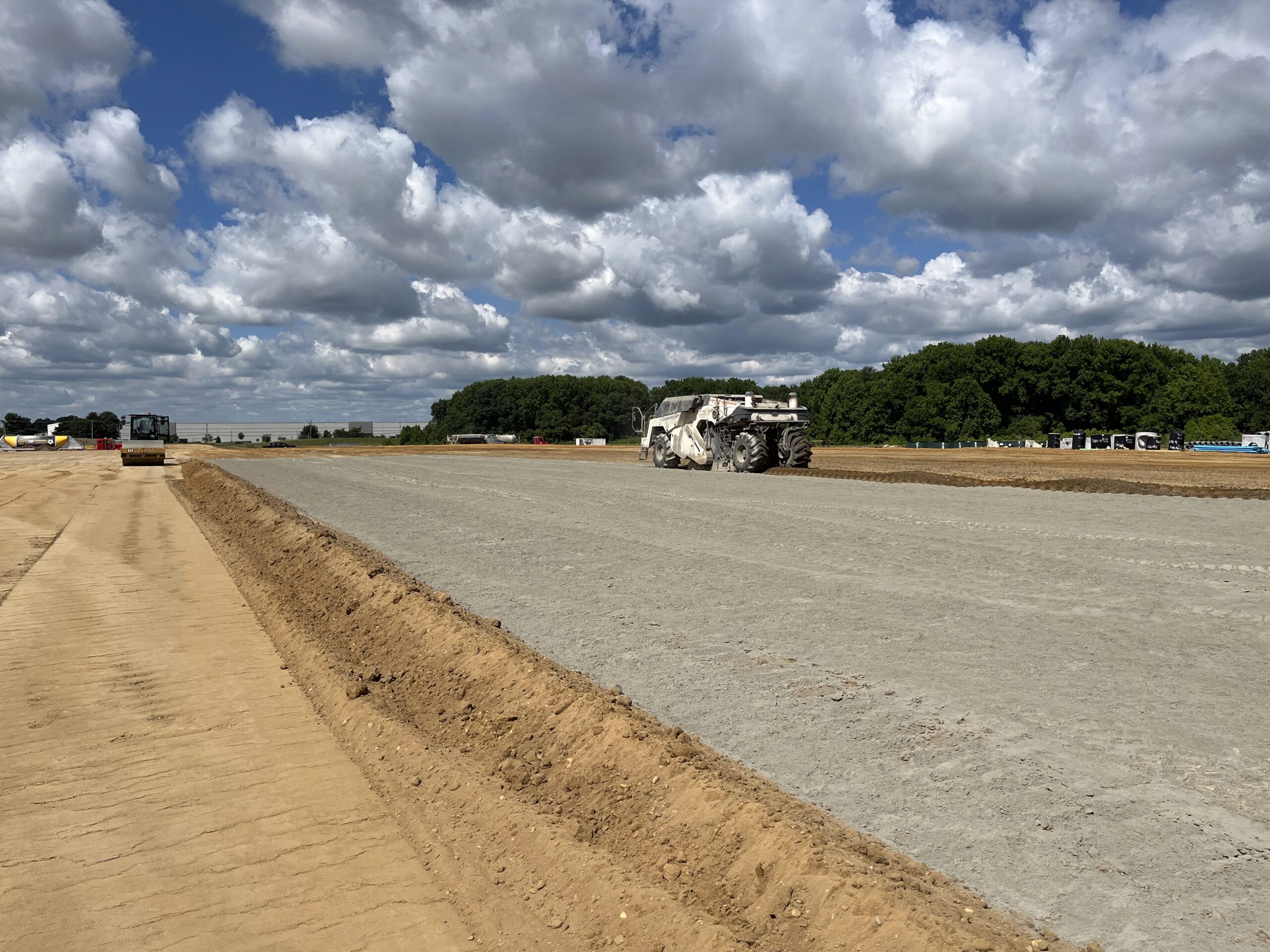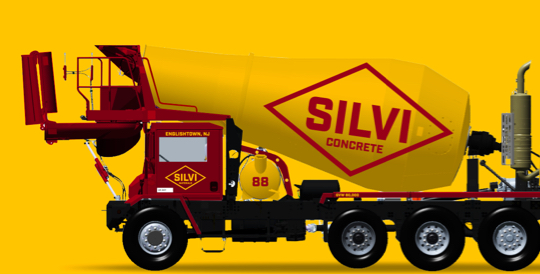We offer more than 75 crushed stone products available in a variety of colors, sizes, and gradations.

Cement Soil Stabilization: Turning Muddy Jobsites into Build Ready Pads
On many construction projects, the first challenge is not the structure itself but the ground beneath it. When warehouse pads, logistics yards, or access roads begin as soft, wet, or unsuitable soils, crews need a fast and reliable way to create a workable platform. Cement soil stabilization provides exactly that solution. By mixing Portland cement into native soils, contractors can transform muddy sites into durable, build ready subgrade in a matter of days.
What Is Cement Soil Stabilization?
Cement soil stabilization is the process of blending Portland cement into existing soils to reduce moisture sensitivity and improve strength. The treated material compacts more evenly, resists rutting, and is capable of supporting both construction traffic and the final structure. Instead of hauling away unsuitable soil and importing stone, the ground is improved in place, saving time, money, and materials.
How the Process Works
The process begins with bulk delivery. Tankers transport roughly 25.5 tons per load and discharge into a spreader truck, which distributes cement evenly across the work area. Once applied, a reclaimer equipped with a rotating mill head mixes the cement into the soil at the specified depth, most often 12 inches but sometimes as deep as 18 inches depending on design requirements.
Moisture is then adjusted with water to reach the optimal level for chemical reaction. This reaction between cement and soil develops strength over the following days, gradually turning weak ground into a stiff, uniform subgrade. During this period, the surface should be protected from heavy turning equipment and unnecessary traffic to preserve uniformity. Many crews describe walking on a freshly treated section as feeling like stepping onto concrete that has been curing for several days.
For a closer look at the process, watch our cement soil stabilization video featuring our partner E.J. Breneman:
Jobsite Benefits
One of the most important advantages of cement stabilization is schedule reliability. Stabilized soils dry out more quickly after rain and remain workable when untreated subgrades would turn into mud, which keeps projects moving forward. The process also creates a consistent working platform, reducing the likelihood of soft spots or failures later in construction.
Another benefit is material efficiency. Because the existing soil is improved rather than replaced, there is less need for undercuts, export of unsuitable material, or import of stone. That translates into fewer truck trips, lower costs, and a smaller environmental footprint. A stabilized subgrade also provides a better foundation for slabs, asphalt, and heavy duty pavements, supporting long term performance for everything built on top.
What to Expect
For contractors and project managers, knowing what to expect helps with planning. Geotechnical design will determine the cement application rate and mixing depth, with 12 inches being the standard and deeper treatment possible when needed. Adequate access for tankers and spreader trucks should be coordinated in advance to ensure even coverage. After treatment, crews should allow a short curing window, limiting heavy traffic while the soil cement reaction develops strength.
A Reliable Construction Solution
Cement soil stabilization has become a trusted tool for preparing warehouse pads, industrial yards, roadways, and other large scale sites. By treating the soil that is already there, it provides both immediate stability and long term durability, all while reducing costs and construction delays. For builders facing the challenge of weak or wet soils, it is one of the most effective and proven solutions available.




